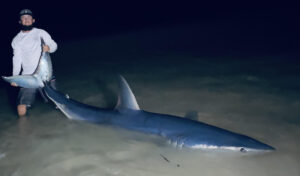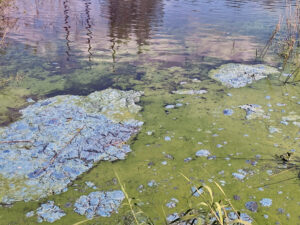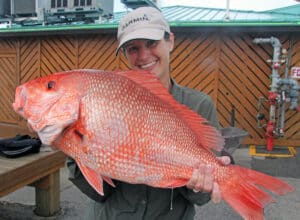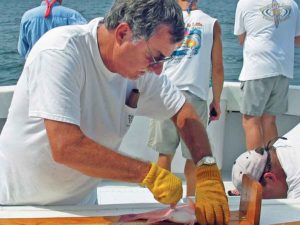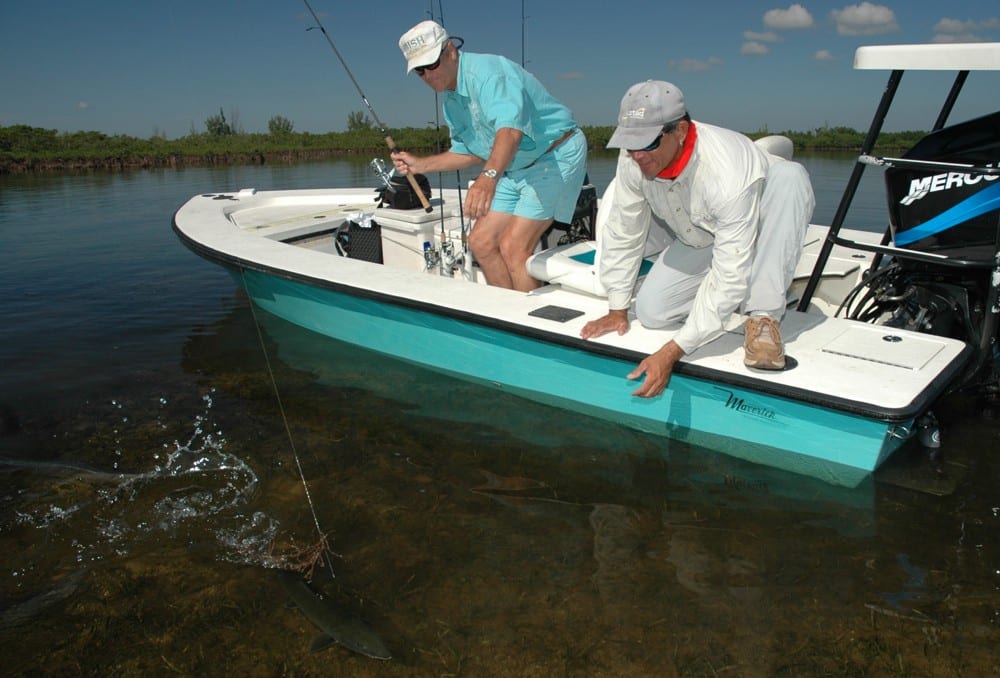
OPINION: Sport Fishing welcomes opportunities to share a variety of perspectives from prominent or influential participants in issues related to recreational fishing and fisheries.
As the largest marine park in the National Park system, Biscayne National Park spans across 173,000 acres in Miami-Dade County, of which more than 95 percent are covered by water. What makes this location even more unique is that it is home to a one-of-a-kind living coral reef system and more than 500 different species of fish—a dream come true for outdoor enthusiasts and anglers. It is no wonder that this watery wonderland is enjoyed by more than 500,000 visitors each year.
Over the past decade, a contentious debate over the best way to conserve the park’s resources has generated lots of different ideas, the most extreme of which was closing more than 10,000 acres of the park’s most popular fishing areas to all fishing. Thankfully, managers are now working together on more reasonable, science-based proposals, but they need your input.
The Florida Fish and Wildlife Conservation Commission (FWC) has been working with Biscayne National Park (BNP) on a science plan to achieve the park’s management goals. Florida anglers need to immediately share their general support for the plan with FWC, which avoids fishing closures, and provide their input on the specifics of the plan including transit, baitfish, and crab provisions.
The American Sportfishing Association (ASA) is very appreciative of the collaborative efforts by FWC and BNP to incorporate anglers in the planning process. The proposed science plan is a ground-breaking management approach that will allow for continued access to public resources while increasing the size and number of fish within the park.
While the current plan isn’t perfect (it is a draft), it is a vast improvement from the park’s original general management plan, which – without scientific-basis or state support – would have designated a large section of the park as a marine reserve, ultimately closing the waters to fishing. ASA has long supported science-based regulations including those that impact the fishing community, and this is especially important to remember when one considers the annual $11.5 billion economic impact of recreational fishing on Florida’s economy.
Read Next: Miami’s Biscayne Bay: Still a Fisherman’s Paradise
While marine reserves can be effective management tools in certain situations, less restrictive options that still allow for public access should be tried first. Thankfully, the new plan takes that approach. It is science-based, avoids closed zones and proposes park-specific bag and size limits to achieve the goal of increasing the average size and abundance of popular species like snappers, groupers, hogfish, grunt, triggerfish, baitfishes, and stone and blue crabs by at least 20 percent. In addition, the science plan also recommends changes to reduce fishing-related impacts on habitat.
Overall, ASA is very supportive of the plan but recognizes there are some adjustments to consider, such as how boats traveling through the park will adhere to park-specific bag limits. Options for such transit need to be provided, especially considering that the park is accessible from four public marinas and boat ramps. Baitfish bag limits and changes in stone crab and lobster rules also need angler input.
Because of FWC’s inclusive decision-making process and the backing of BNP, we are optimistic that this science plan will result in a final product that is not only supported by recreational anglers, but also by the science and environmental communities. We are committed to preserving our marine ecosystems so that anglers can pass down their love of fishing for generations to come and to make sure Florida retains its title as “The Fishing Capital of the World.”
Help us keep Biscayne National Park open to recreational fishing by telling FWC you support its plan in general, along with some minor modifications. Please go to our website at KeepAmericaFishing.org/Action-Center to view the current draft plan and to complete and send today the email to “Support FWC’s Plan for Biscayne National Park.”
About the Author: Kellie Ralston is the Southeast Fisheries Policy Director for the American Sportfishing Association (ASA). The ASA is the sportfishing industry’s trade association committed to representing the interests of the sportfishing and boating industries as well as the entire sportfishing community. Florida is home to more than four million licensed anglers, supporting 106,296 jobs, providing $11.5 billion in economic activity and contributing more than $56.7 million for fisheries conservation.

